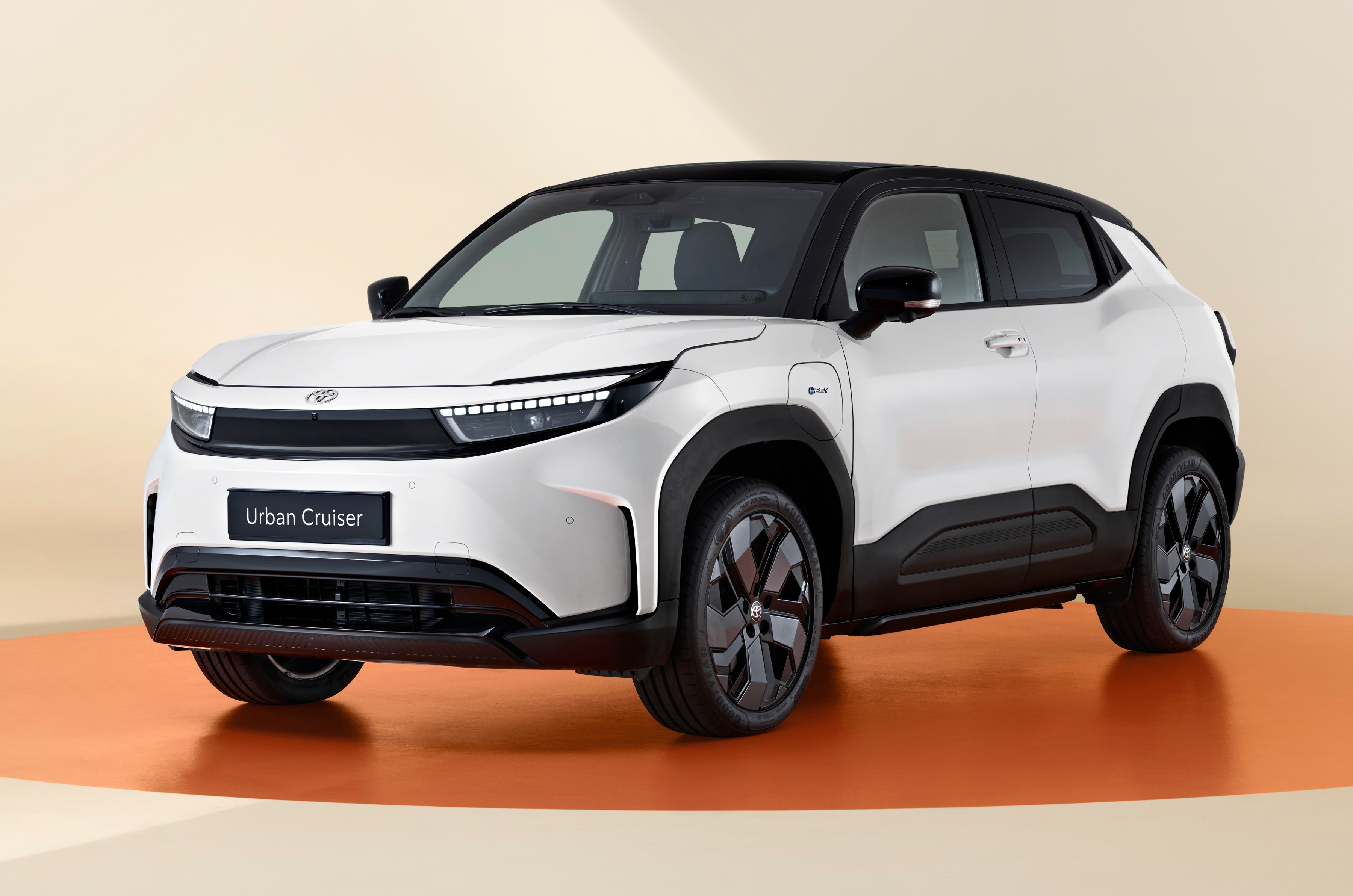The facelifted diesel Alcazar continues with the same 116hp engine. We find out if it is still the powerplant to pick.
Despite the bleak future of diesel engines, the demand for a three-row SUV with a diesel engine is still strong. And so, while the recently updated Alcazar got all the modern frills and features, it also continued with a diesel mill. Hyundai has also priced both the turbo-petrol and diesel variants at par, and that might put some buyers in a dilemma, but there are some caveats before you start calculating the running costs and fuel economy.

The 1.5-litre diesel unit is smooth and vibe-free.
On the design front, there is no difference between the petrol and diesel versions. You get the same new look with LED headlamps and H-pattern DRLs, the same 18-inch wheels and the same rear look as well. There isn’t even any badging to distinguish them.
It’s a similar story on the inside; well, almost. The dashboard layout and dual-screen setup mirror that of the petrol version. But glance higher up, and you’ll notice the missing panoramic sunroof. In fact, there is no sunroof and that, Hyundai says, is due to the extra weight, which brings down efficiency. When it comes to a diesel car, fuel efficiency takes top priority.

No sunroof for diesel variants.
We got a chance to sample the 7-seater version, which meant a bench seat instead of the captain chairs we tested on the turbo-petrol. Space and comfort are adequate, but you miss out on the extendable under-thigh support, lateral support on the headrests and the ventilation function. That said, the seat can be slid back and forth, and the backrest can also be reclined. An advantage of the bench seat is the ability to tumble it down, making access to the third row a whole lot easier than in the captain seat version. Third-row space is good for children, and the Alcazar is more of a 5+2 seater and not a full-size 7-seater.
While the lack of a sunroof will not be of much bother to many, what will be concerning is the lack of a spare wheel. You get a puncture-repair kit for emergencies, which feels like cost-cutting gone too far, especially on a diesel SUV. Owners buy a diesel vehicle for long-distance driving, and given our road conditions, a spare wheel is absolutely crucial. Sure, good efficiency helps, but how much are you ready to put on the line for a couple of extra kpl?

No spare, only a puncture-repair kit.
Powering the diesel Alcazar is the same engine as before – a 116hp, 1.5-litre mill that is also shared with the Creta, Kia Carens and Kia Seltos. It’s a smooth and vibe-free engine once you get going, but sedate driving is what it expects. Rush the engine for extra performance, and you’ll be greeted with a coarse diesel drone and a linear power delivery. The engine is mated to a 6-speed automatic, which complements the overall character and is relaxed. You get drive modes that alter the response in the bottom end, but it still remains an SUV you drive with a relaxed right foot. 0-100kph takes 12 seconds, but crucially, the diesel Alcazar returns 12.5kpl in the city and 16.3kpl on the highway.
It is an able cruiser with an engine that can munch on the kilometres, a pliant ride that feels confident at speed and a practical cabin to carry plenty of luggage if the third row is folded down. The missing sunroof won’t hurt as much as the missing spare wheel might. However, if you are someone who racks up kilometres but also wants an easy-to-drive SUV in the city, the Alcazar makes for a good case.

Also see:
Hyundai Alcazar facelift video review
Hyundai readying new hybrid SUV above Alcazar
Hyundai India to have 50 fast charging stations by end of the year























































![Jafaa – Ep 30 [CC] – 13th Dec 2024 – Sponsored By Salai, Masterpaints & Ujooba Beauty Cream – HUM TV Jafaa – Ep 30 [CC] – 13th Dec 2024 – Sponsored By Salai, Masterpaints & Ujooba Beauty Cream – HUM TV](https://dartjets.com/wp-content/uploads/2024/12/1734153479_maxresdefault-120x86.jpg)